Versnellen van digitale transformatieVan Oord
- Transformation
- Innovation
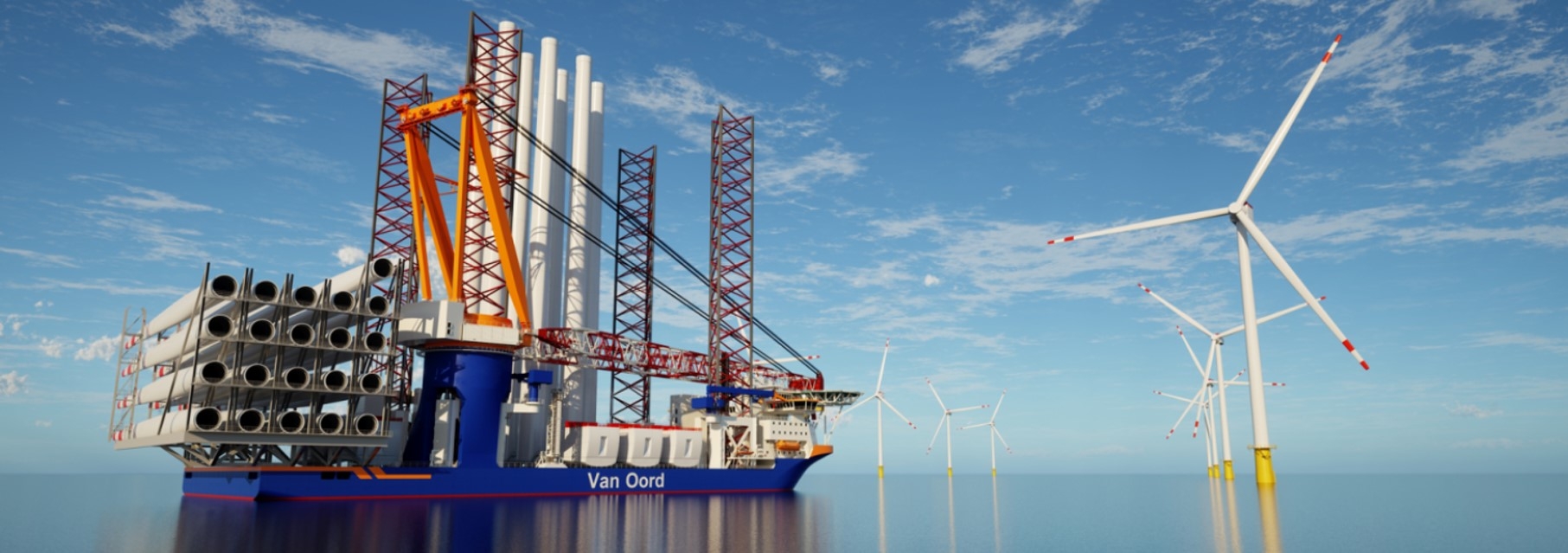
Menu

Oct 1, 2023
5 min
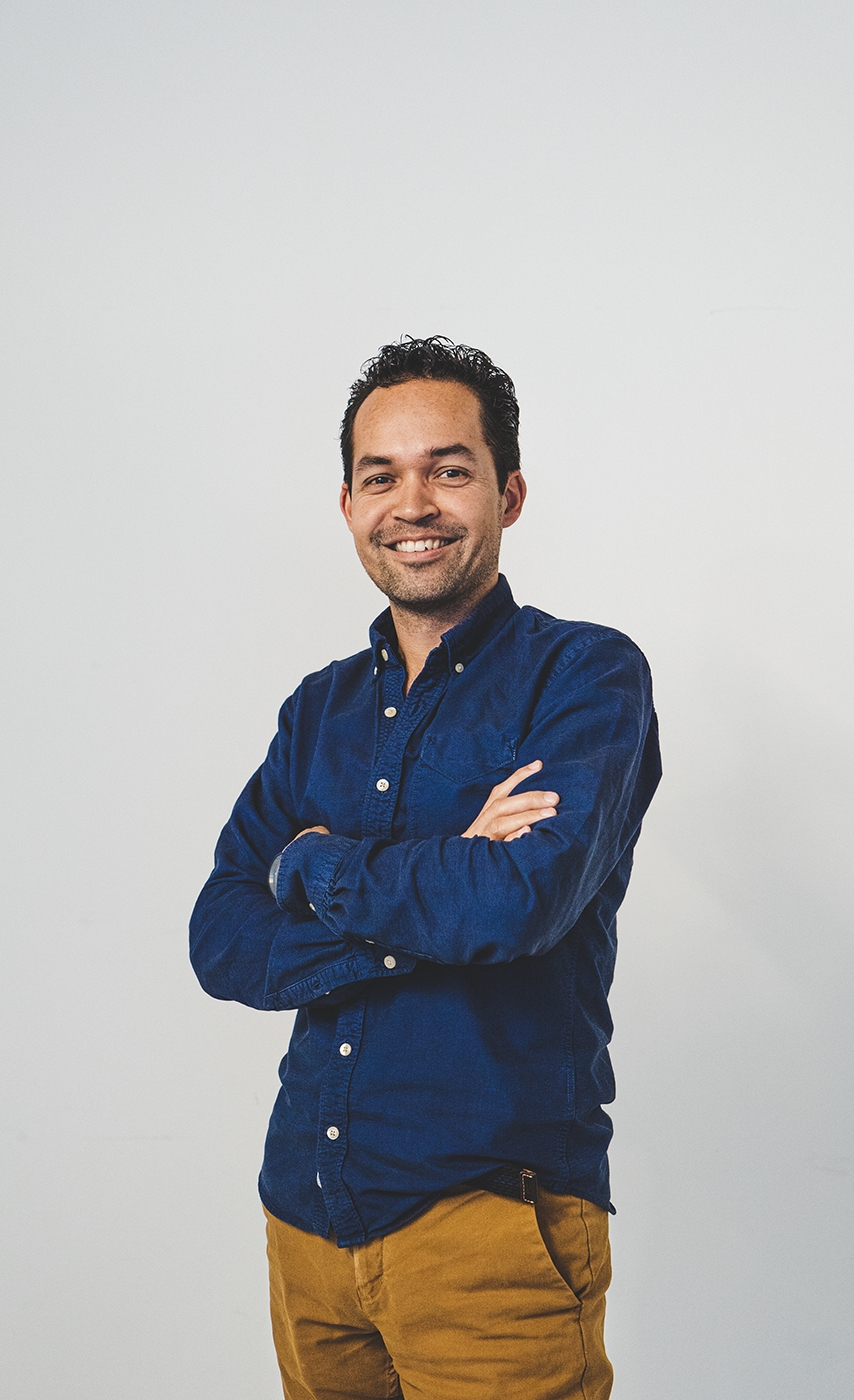
Rogier Stroband
De maritieme industrie staat op het punt van een revolutionaire transformatie. De opkomst van nieuwe technologieën zoals het Internet of Things (IoT) en Data Science heeft de deuren geopend naar een tijdperk van ongekende mogelijkheden en vooruitgang. Dit blog neemt je mee op een verhelderende reis door de diepten van deze veranderingen.
Let's delve deeper into the impact of IoT and Data Science, discovering how they have transformed and optimized maritime operations.
IoT in Shipping
The use of IoT in maritime operations involves the implementation of advanced sensors and connectivity solutions on board ships. These sensors can collect a wide range of data, from navigation parameters and engine performance to cargo conditions and environmental indicators.By collecting and analyzing this data in real-time, we can gain valuable insights that were previously inaccessible. For instance, IoT sensors on ships can gather crucial information about operational performance, such as fuel consumption, speed, and position, enabling you to optimize routes for maximum efficiency.
The Role of Data Science
Data Science plays a crucial role in identifying patterns and trends in the information collected by IoT. Through advanced analytics and machine learning techniques, these systems can develop predictive models that accurately forecast maintenance needs for ships. This allows for proactive and preventive maintenance, minimizing unplanned downtime and improving the overall reliability of ships.
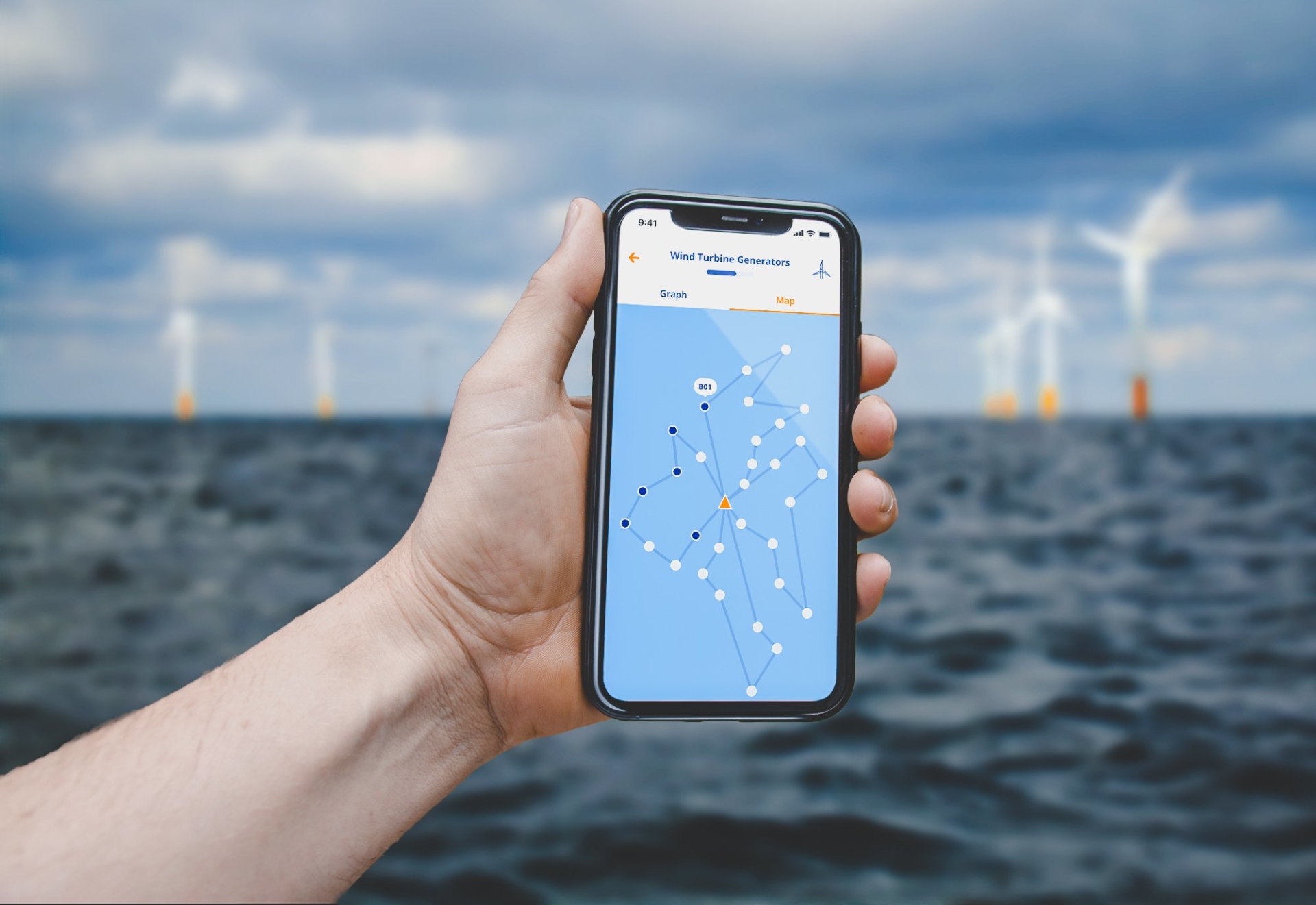
From optimizing sea routes to closely monitoring fuel consumption, the practical applications of IoT and Data Science unveil a world of possibilities for a smarter and more efficient maritime industry.
Vessel Monitoring and Operational Efficiency
Optimizing routes is one of the most directly observable benefits of Vessel Monitoring. By continuously collecting data on sea currents, weather conditions, and other variables, real-time decisions can be made to determine the most favorable and efficient route.
Furthermore, robust data analysis enables the optimization of fuel consumption. For example, by monitoring and analyzing engine performance, ships can be finely tuned for speed and course efficiency. These adjustments not only result in fuel savings but also reduce the ecological footprint.
Enhanced Port Operations
IoT and Data Science also bring significant improvements to port activities. By integrating IoT and Data Science, it becomes possible to optimize various aspects of port operations, increasing overall efficiency.
Where accurate predictions of ship arrival times were once challenging, IoT-based sensors on board and advanced data analytics enable more precise arrival time predictions. These predictive analyses leverage real-time data on ship location, speed, and route, allowing ports to better plan their operations.
Safety and Sustainability
Applying advanced algorithms to the collected data can predict potential risks. This proactive approach helps in addressing potential hazards such as gas leaks, unforeseen temperature fluctuations in cargoes, and other safety incidents.
Data is also gathered on environmental variables, including emissions, temperature changes, and other ecological factors. These analyses aid in identifying more environmentally friendly routes and methods to minimize the maritime industry's impact on the environment.
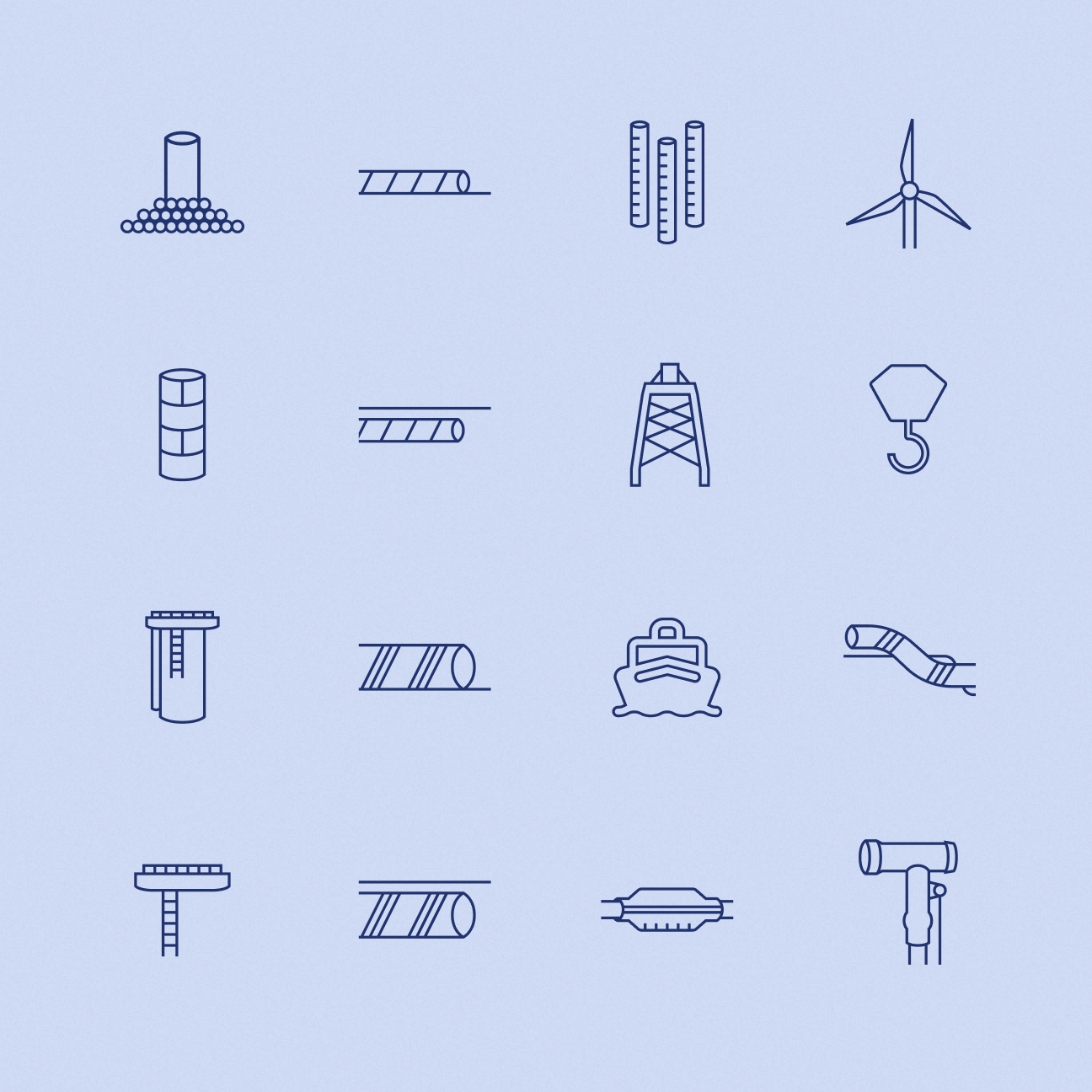
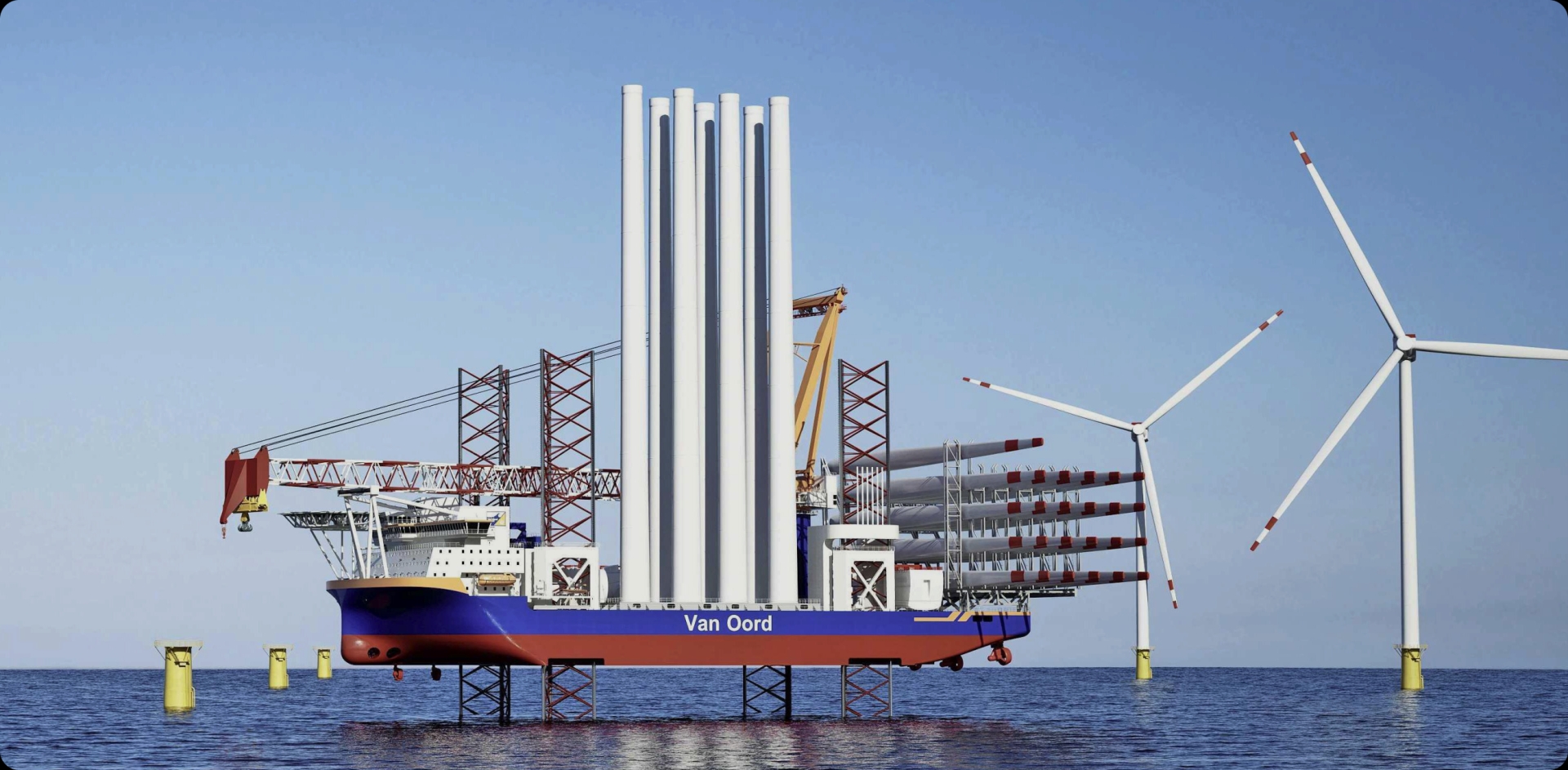
With IoT, data is also collected about ship activities such as gas levels, temperature variations in cargo compartments, air quality, and more. These sensors provide continuous monitoring of key parameters on board, allowing potentially hazardous situations to be identified immediately.
When a deviation is detected within the monitored parameters, the IoT system immediately triggers warnings and notifications for the ship's personnel. For example, in the case of a gas leak, the system can generate an immediate alert, enabling the staff to take prompt action before a situation escalates.
IoT and Data Science offer tremendous possibilities for the maritime sector, and at Label A, we understand the urgency to leverage these technologies. We can support you by bringing together data collected by IoT and seamlessly integrating it with various solutions. We specialize in developing platforms and dashboards that present this data in a clear and user-friendly manner, catering to both internal needs and customer-facing applications. Whether it's optimizing your planning challenges or discovering the most efficient routes, we are ready to assist you. Together, we can propel your organization forward and ensure the success of your digital transformation.
We've successfully implemented solutions for other esteemed clients like Go Sharing, Van Oord, and DPD. Interested in exploring more solutions? Check out our complete portfolio of cases.
Wil je weten hoe Label A je kan helpen bij het optimaal benutten van de vele mogelijkheden van digitale transformatie en informatievoorziening? Dan leren wij je graag kennen! Meer weten over onze diensten en oplossingen? Neem dan contact op met Rogier Stroband.

Rogier Stroband
Commercial Director

